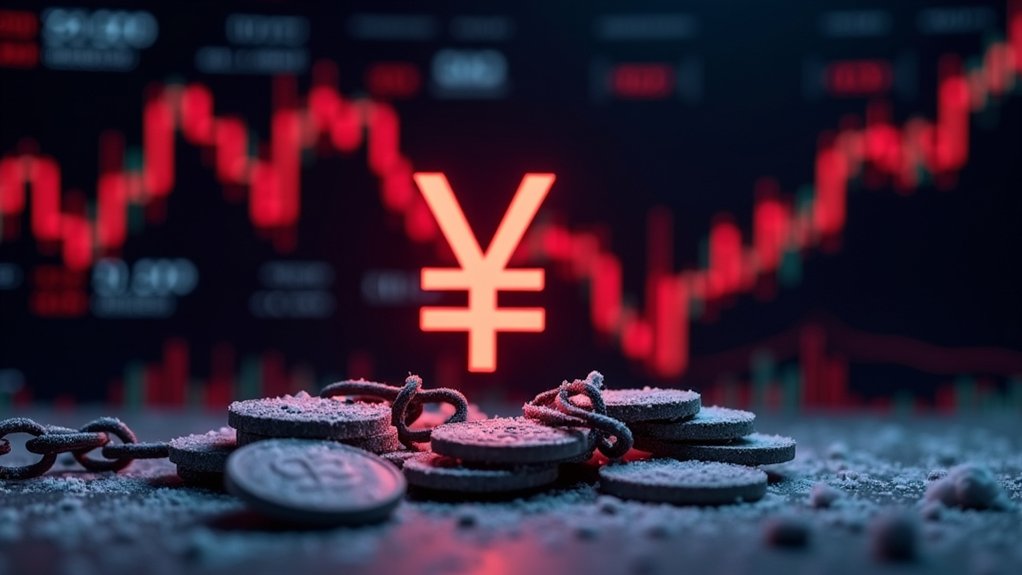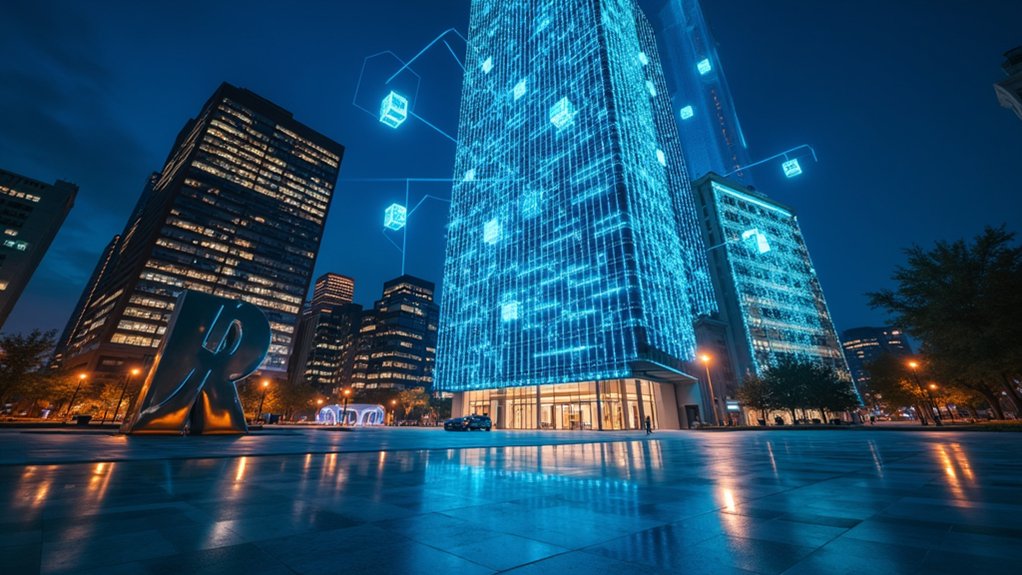While most Russians won’t get to join the crypto party, the wealthy are about to receive VIP access. Russia’s central bank has proposed a three-year experimental regime for cryptocurrency trading that caters exclusively to the country’s financial elite. Talk about exclusivity.
The plan requires participants to have at least 100 million rubles ($1.1 million) in securities or deposits and annual income exceeding 50 million rubles ($574,000). Average Russians? They’re left in the cold. Not surprising. The initiative was reportedly launched at Putin’s request, highlighting the political dimension of this financial experiment.
Welcome to Russia’s crypto club: millionaires only. The rest of you? Keep walking.
This isn’t the central bank suddenly embracing Bitcoin with open arms. They still refuse to recognize cryptocurrency as legal tender and maintain a strict ban on crypto payments. The proposal simply creates a sandbox where the rich can play with digital assets while regulators watch and take notes.
Qualified investors will gain access to direct cryptocurrency trading, derivative instruments, and securities linked to crypto values. They’ll also explore digital asset use in international trade. Convenient timing, given Russia’s current sanctions predicament.
The experimental regime comes with a regulatory framework submitted to the Russian government following presidential directives. It establishes guidelines for service providers and introduces penalties for those who operate outside the rules. Break the rules, pay the price.
Russia’s approach stands in stark contrast to more crypto-friendly jurisdictions worldwide, though it does align with the global trend of “regulatory sandboxes” for fintech innovation. Much like centralized exchanges, this system keeps regulatory control firmly in the hands of authorities while allowing limited experimentation. The central bank is tiptoeing into crypto waters rather than diving headfirst.
Market impacts could be significant. The regime potentially shifts Russia’s digital asset regulations while giving wealthy investors a legal pathway into cryptocurrency markets. It might also help integrate digital assets into Russia’s financial system without opening the floodgates to speculation and volatility.
The message is clear: crypto experimentation is for the rich. Everyone else can wait and see if anything trickles down after three years. Maybe.





